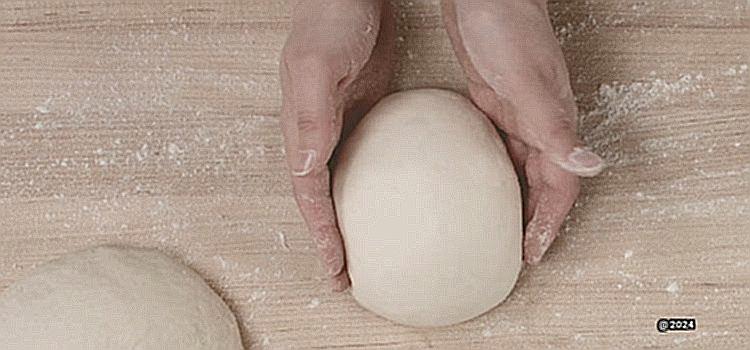Is that tube of Pillsbury crescent rolls still good to use, or should it be tossed? Many home bakers find themselves eyeing expired dough in the fridge, wondering if it’s safe to pop in the oven. The good news is: Yes, Pillsbury dough products can often be used safely for a short time after their printed expiration date. However, proper storage and careful inspection are key.
Pillsbury dough typically remains usable for up to two weeks past the “best by” date when refrigerated properly. But before you start preheating the oven, there are some important things to know about using expired dough safely. Let’s roll out the facts on getting the most life out of your Pillsbury products without compromising food safety.
Key takeaways:
- Pillsbury dough can last 1-2 weeks past expiration if refrigerated
- Check for signs of spoilage like mold, off-smells, or texture changes
- Different dough types may have varying shelf lives
- Proper storage is crucial for extending freshness
- When in doubt, it’s safest to discard expired dough
Contents
How Long Is Pillsbury Dough Good for After Expiration Date?
Ever wondered if you can still whip up a batch of cookies with that Pillsbury dough that’s been sitting in the fridge a bit too long? Well, you might be in luck. Pillsbury dough products, like many others, often come with a “best by” date rather than a hard expiration date.

This means that the dough might not be at its peak quality past this date, but it can still be safe to consume if stored properly.
Typically, you can use these dough products safely for up to two weeks after their expiration date if they’ve been kept refrigerated.
However, for optimal taste and safety, it’s best to use them as close to the date as possible. Always check for any signs of spoilage like mold, unusual odors, or a strange texture before using.
How To Know Pillsbury Dough Is Good After Expiration Date?
Change in Appearance
So, you’ve found a tube of Pillsbury dough lurking in the back of your fridge, but it’s past its expiration date. What do you do? First off, take a good look at it. Any visible mold, or significant changes in color? If it’s started to turn from its usual pale beige to a funky gray or has any greenish-black spots, it’s time to toss it.
These changes can indicate bacterial growth, and you definitely don’t want to mess with that.
Assessing the Smell of Pillsbury Dough
Just like checking milk, you can tell a lot by smelling your dough. If it emits a sour or otherwise off odor, it’s a clear indicator that your dough might have seen better days.
Fresh Pillsbury dough should have a mild, yeasty smell, so anything far off from this should be a warning sign.
Feeling the Texture of Pillsbury Dough
Feel the dough. It should be soft and pliable, not sticky, slimy, or hard. Any of these textures can be a sign of spoilage.
If your dough still feels good, and there are no other signs of spoilage, it might just be safe to bake with it.
Conclusion
In wrapping up our exploration of Pillsbury dough shelf life, it’s clear that proper storage and careful inspection are key to safely using these products beyond their “best by” date. While Pillsbury dough can often remain usable for up to two weeks past this date when refrigerated correctly, it’s crucial to trust your senses.
Before baking, always check for signs of spoilage such as mold, off-odors, or unusual textures. Remember that different dough types may have varying shelf lives, so what works for cookie dough might not apply to pizza dough.
Storing your dough at the right temperature (below 40°F) in an airtight container can significantly extend its freshness. However, when faced with uncertainty, it’s always better to err on the side of caution and discard expired dough.
By following these guidelines, you can make the most of your Pillsbury products without compromising on food safety.




